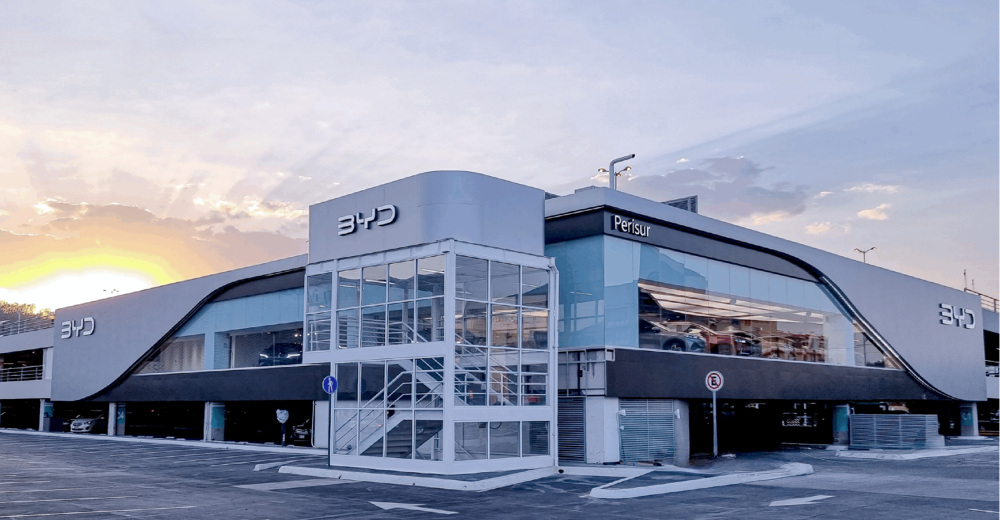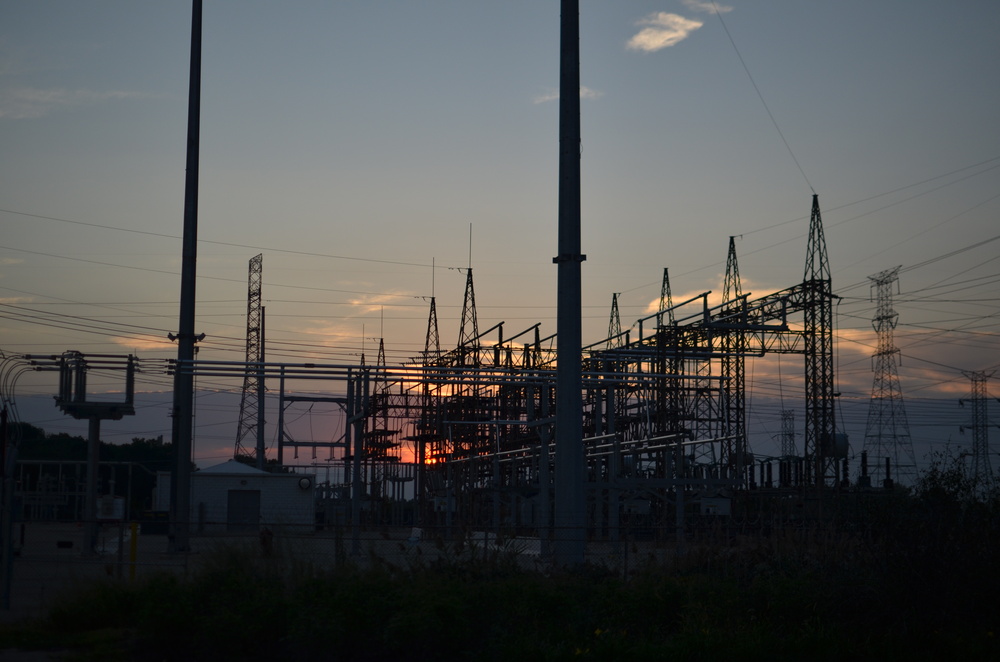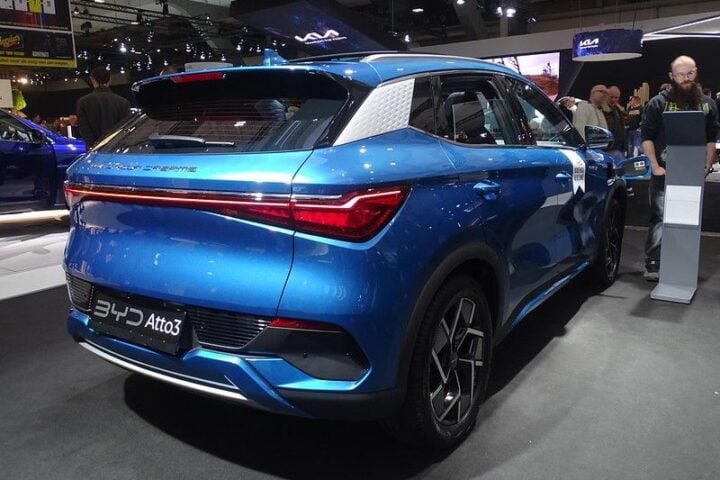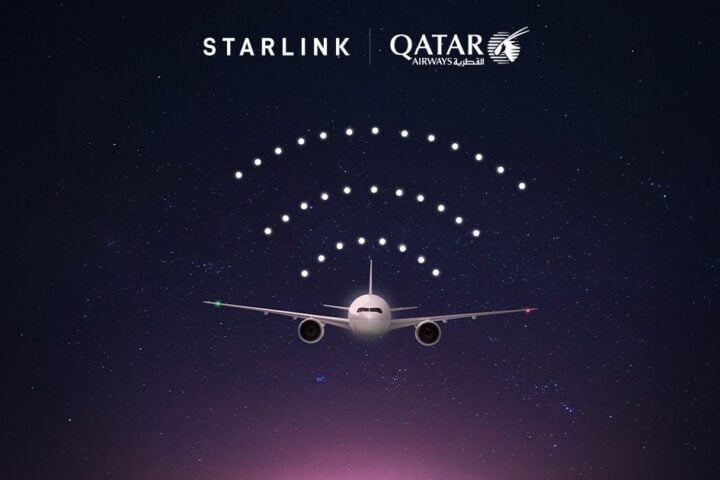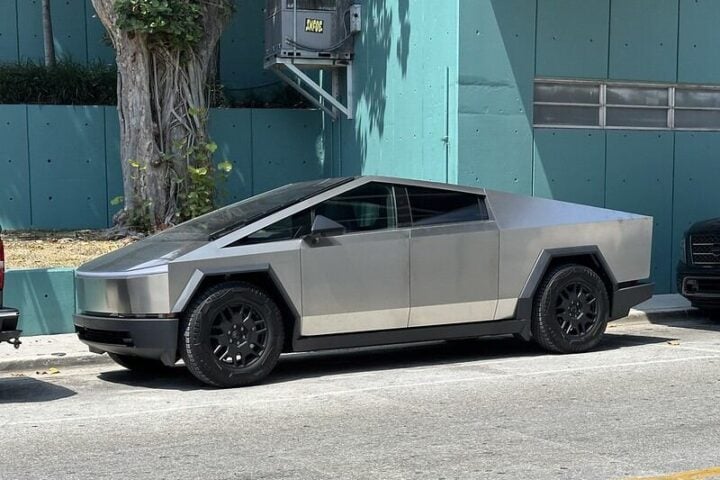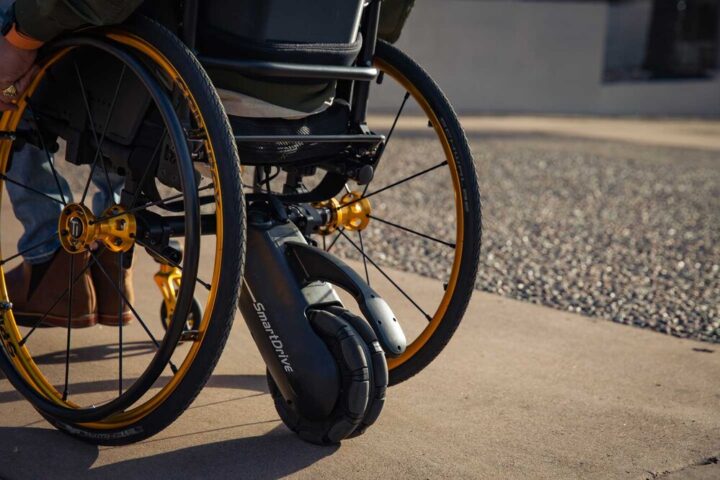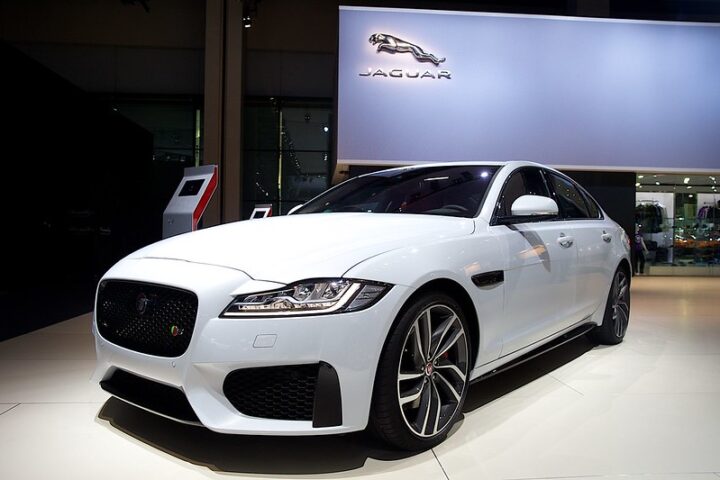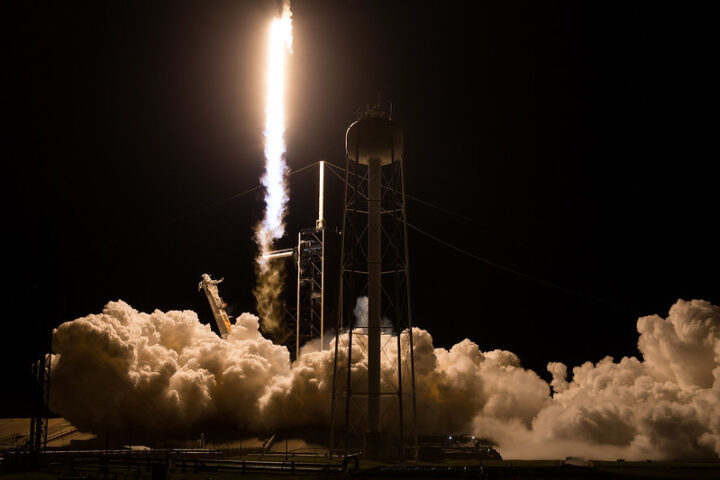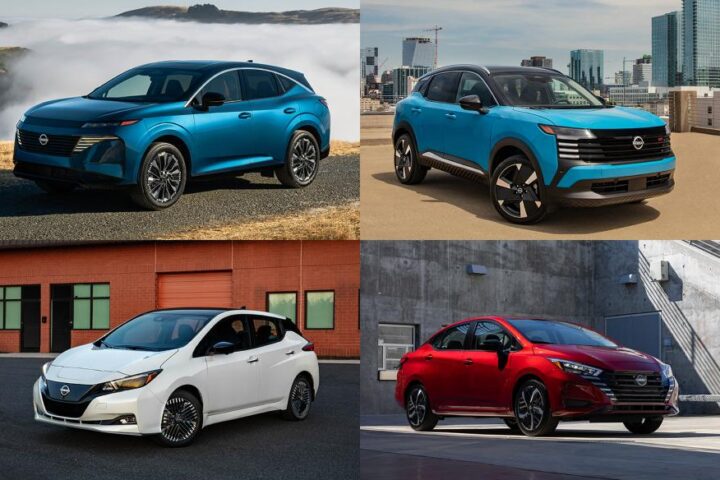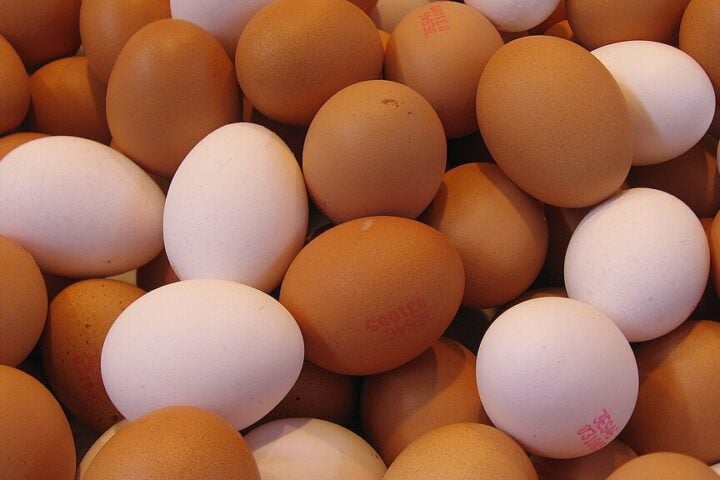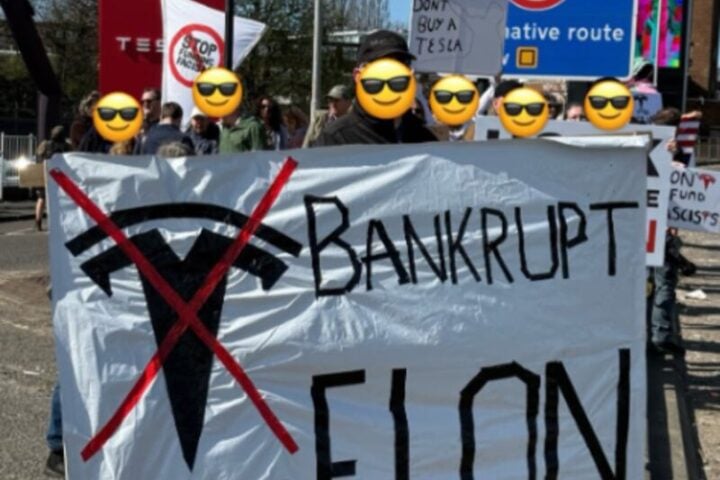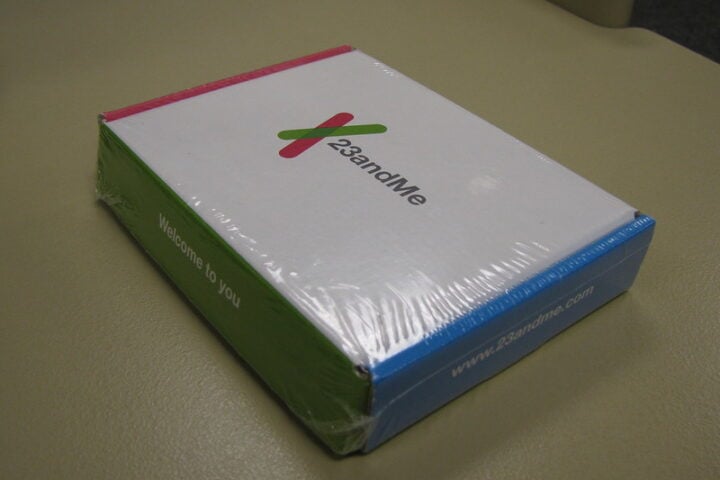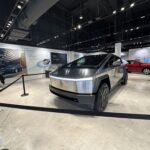In a surprising turn for rival electric vehicle makers, BYD’s executive vice president Stella Li has called for collaboration with Tesla to phase out internal combustion engine (ICE) vehicles.
“Our common enemy is the internal combustion engine car. We need to work together… to make the industry change,” Li told the Financial Times during an interview at a BYD showroom in London.
This statement comes as both companies compete for leadership in the global EV market while facing distinct regional challenges.
Global Expansion Amid Political Headwinds
BYD continues its aggressive international growth with manufacturing plants planned in Hungary and Turkey. These facilities will help the Chinese automaker bypass the European Union’s tariffs on Chinese-made EVs.
The EU has imposed these measures arguing that China’s growing market presence stems from government subsidies, including discounted lithium and battery supplies from state-owned enterprises, tax breaks, and favorable financing from state-controlled banks.
Despite these tensions, BYD recently raised approximately $5.6 billion to fund its global expansion and is preparing to introduce its Denza premium brand in Europe later this year.
Tesla, meanwhile, has experienced declining European sales, partly attributed to CEO Elon Musk’s increasing political activities. The American EV maker continues operations at its Berlin Gigafactory while also exploring market entry in India.
Technology Race Continues
Both companies are pushing technological boundaries in their battle for market share:
BYD recently launched its “God’s Eye” autonomous driving system across most models in China at no additional cost.
Tesla has introduced its vision-based Full Self-Driving features to Chinese consumers, with early reviews described as positive.
BYD’s blade battery technology offers improved energy density and cooling efficiency, while Tesla maintains its focus on advanced autonomous driving capabilities.
Similar Post
China’s EV Market Leadership
Li described China as “the homeland for innovation” in the automotive industry, pushing back against Western perceptions.
“[The] Chinese government is more open, so maybe there is a lot of wrong perception here,” she stated, adding that the government “will support you and they’ll work with you to allow any technology to be realised.”
BYD’s sales grew more than 40% globally last year from its electric and plug-in hybrid vehicles, despite having no presence in the U.S. market.

Consumer-Driven Transition
Li expressed confidence in continued EV adoption despite recent market slowdowns in some regions.
“Why are people still choosing the EV? Because it’s a better car, a smarter car… and it’s higher quality,” she noted, suggesting consumer preference will ultimately drive the transition away from gas-powered vehicles.
As hybrid sales gain traction in Europe, BYD plans to offer alternatives like the Seal U plug-in hybrid, which isn’t affected by EU tariffs.
While Tesla and BYD remain fierce competitors for market dominance, Li’s comments suggest a shared vision for transportation’s future that transcends competition—albeit with both companies firmly positioned to capitalize on the industry’s transformation.
Frequently Asked Questions
BYD isn’t suggesting a formal business partnership or joint product development with Tesla. Rather, executive VP Stella Li is referring to a shared mission of accelerating the transition away from internal combustion engine vehicles. Both companies can push the industry forward through their individual innovations and market approaches while recognizing they share a common goal of promoting EV adoption globally.
BYD is establishing manufacturing plants in Hungary and Turkey primarily to bypass the European Union’s tariffs on Chinese-made electric vehicles. These facilities will allow BYD to produce vehicles within EU territory, avoiding the import tariffs while expanding their European market presence. This strategy helps them compete more effectively on pricing while bringing production closer to European consumers.
Tesla has experienced declining sales in European markets partly due to CEO Elon Musk’s increasing political activities, which may have alienated some European consumers. Additionally, Tesla faces growing competition from both established European automakers and new entrants like BYD, who are expanding their EV offerings with competitive pricing and features tailored to European preferences.
BYD’s blade battery is an innovative lithium iron phosphate (LFP) battery design that offers improved energy density, faster charging capabilities, and enhanced cooling efficiency. The battery is designed with safety as a priority, reducing risks like thermal runaway (a primary cause of EV battery fires). Its name comes from its long, thin shape that allows for more efficient packing and heat dissipation.
According to the European Commission, China supports its EV manufacturers through various subsidies including discounted lithium and battery supplies from state-owned enterprises, tax breaks, favorable financing from state-controlled banks, and subsidized land for factory construction. Stella Li claims the Chinese government actively supports companies like BYD in their overseas investments, stating, “For every investment we have overseas, the [Chinese] government is supporting [us] very much.”
BYD is introducing plug-in hybrids like the Seal U to the European market as a strategic response to declining pure EV sales in some European regions. These hybrids serve as a transitional technology that can appeal to consumers who may be hesitant about full EVs due to charging infrastructure concerns. Additionally, hybrid vehicles aren’t subject to the same EU tariffs as pure EVs from China, giving BYD a pricing advantage while still advancing their goal of reducing dependence on traditional internal combustion engines.
